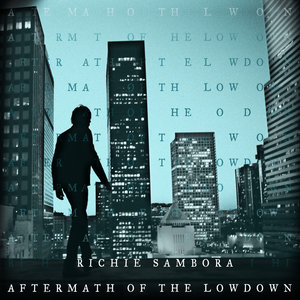The Buoyancy of Down Comforters
Down comforters are a popular choice for those looking to keep warm during the colder months of the year. These comforters are made from the feathers of ducks or geese, and are known for their exceptional insulating properties. As the weather gets colder, people tend to seek out these comforters to provide them with a cozy and warm sleeping environment. The buoyancy of down comforters is directly related to their ability to trap air, providing resistance to external forces. This resistance ensures that the comforter maintains its shape and provides optimal warmth.
Down comforters, commonly known as “down quilts” in China, have been a part of our lives for centuries. They are a popular choice for use in cold weather due to their exceptional warmth and buoyancy. The term “buoyancy” refers to the upward force that is created by the trapped air or gas inside a substance, and in the case of down comforters, it is the trapped air that provides the lift and warmth.
The history of down comforters can be traced back to ancient times. In colder regions, people have always looked for ways to keep warm, and down comforters have been a significant part of this effort. The earliest forms of down comforters were probably made from the feathers of birds, which were collected and sewn together to create a layer that could be used to line a bed or keep a person warm while sleeping. Over time, these simple designs evolved into the complex and decorative products that we see today.

One of the main benefits of down comforters is their exceptional buoyancy. The trapped air within the down provides a cushioning effect that can help to reduce pressure on the body, particularly on sensitive areas like the neck and joints. This can provide significant relief to those who suffer from pain or discomfort in these areas. Additionally, the warmth provided by the down can help to improve sleep quality by providing a comfortable and cozy environment.
Another significant advantage of down comforters is their versatility. They can be used in a variety of weather conditions, from mild to severe cold. This means that they can be used all year round, providing comfort and warmth for the user. Additionally, they can be easily cleaned and maintained, ensuring that they remain in good condition for many years.
However, there are some disadvantages to using down comforters as well. One major concern is the ethical issue surrounding the use of animals for their down. Many consumers are concerned about the welfare of the birds from which the down is sourced, and there are calls for more sustainable and humane methods of obtaining down. Additionally, some individuals may be allergic to down, which can cause respiratory problems or other health issues.

In conclusion, down comforters have been a part of human history for centuries and have continued to evolve and improve with time. Their exceptional buoyancy and warmth have made them a popular choice for use in cold weather, providing comfort and support to those who use them. However, as with any product, there are advantages and disadvantages to using down comforters, and it is essential to weigh up these factors before making a decision about whether or not to use one.
Articles related to the knowledge points of this article:
Feather Duvet on top of an Electric Blanket: Is it Safe?
Title: The Heaviness of Down Comforters: An Insight into the World of Winter Bedding
Title: Do You Need to Wash Your New down Comforter? The Ultimate Guide
The Debate on Whether to Use a Spring-Autumn Duvet or a Down Duvet



